Circa 2008
The DNA of a 4-year-old female Abyssinian cat named Cinnamon has been sequenced, according to a report by Joan U. Pontius, PhD, et al.
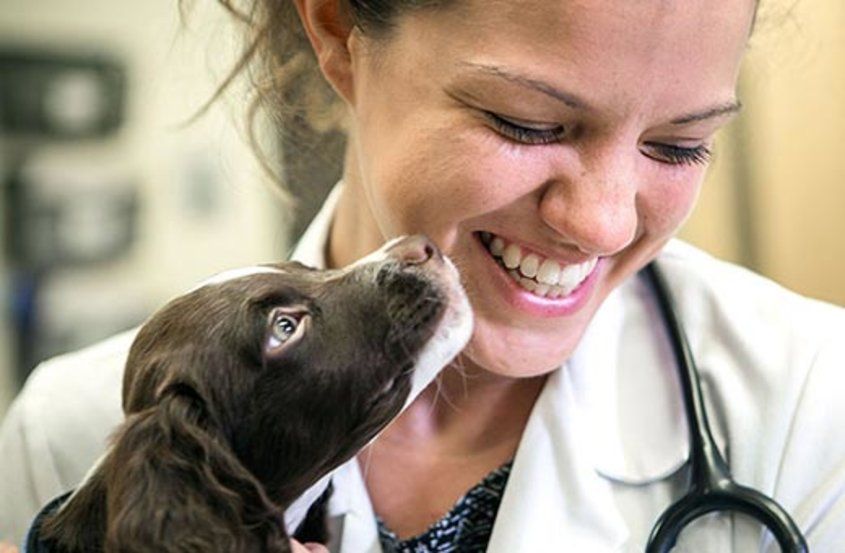
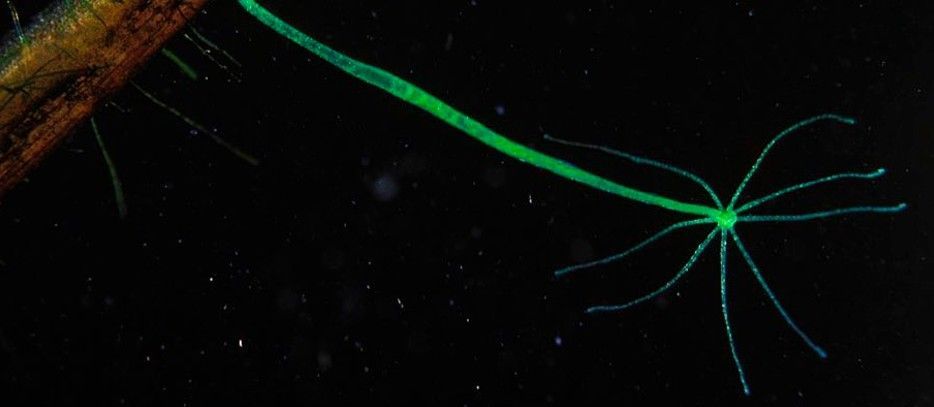
The hydra is named after the serpent monster from Greek myth, which regrows two heads each time one is cut off. But freshwater hydras have an even more impressive regenerating ability: an entire hydra can regrow from a small piece of tissue in only a few days.
Biologists are particularly excited by this ability, since many of the networks involved in the healing process developed early in the process of evolution, meaning that they are shared among many animals, including humans.
“In other organisms, like humans, once our brain is injured, we have difficulty recovering because the brain lacks the kind of regenerative abilities we see in hydra,” said researcher Abby Primack.
Futurist Dr. Ian Pearson believes that if you live to 2050, you may never die. Here is why.

The genetic information of an organism is stored within DNA. It contains the code for making other molecules that make all cells and organs of the body functional. Interestingly, only 1% of DNA makes up genes, of which proteins are produced via RNA intermediaries. There is much debate on the role of the remaining DNA, but different types of RNA are thought to be produced from it and direct the fate of the cell. Even though each cell of the body contains the same DNA, how they read and process DNA to make RNA can differ quite dramatically between single cells. This has especially been known for the transcriptome, which includes all RNA that are produced from genes, but not so much for other RNA.
“Genes have been the main focus of biological research for a long time,” says lead author of the study Haruka Ozaki. “We wanted to focus on what we call read coverage of single-cell RNA sequencing (scRNA-seq) data, which also includes RNA that are not products of genes. Although we can measure the amount of different RNA a single cell produces by scRNA-seq technologies, we wanted to come up with a new method that also visualizes specifically read coverage, because only then we can get a full picture of RNA biology and how it contributes to cell biology at the single-cell level.”
To achieve their goal, the researchers developed a new computational tool that they called Millefy uses existing scRNA-seq data to visualize read coverage of single cells as a heat map, illustrating differences between individual cells on a relative scale. The researchers first demonstrated the utility of Millefy in a well-established mouse embryonic stem cell model by showing heterogeneity of read coverage between developing cells. They then applied Millefy to cancer cells from patients with triple-negative breast cancer, a particularly aggressive type of breast cancer. Not only did Millefy show heterogeneity between cancer cells in general, but it revealed heterogeneity in a specific aspect of RNA biology that had previously been unknown.
“Our approach simplifies the investigation of cellular heterogeneity in RNA biology using scRNA-seq data,” says Ozaki. ” Our findings could help identify what makes single cells individual, which would help us understand why patients with the same disease are often treated with varying success. Additionally, to enable rapid progress in field, we made Millefy publicly available to the scientific community.”

The researchers of a new review have examined the relationship between cellular senescence and bone marrow cancers, looking at how senescence can ultimately fuel cancer development and how malignant cells induce senescence [1].
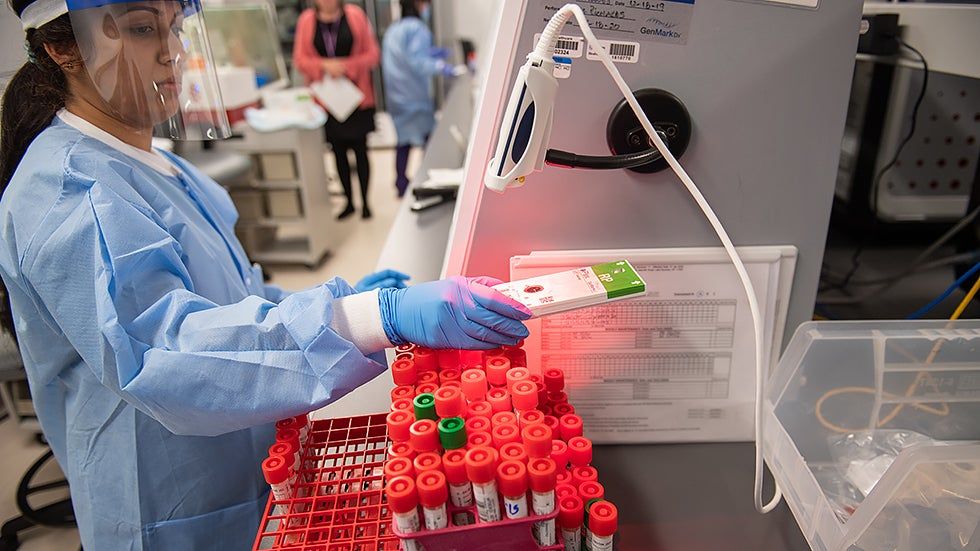
Well this is good news. Now they just need to pour every dime into the manufacturing and hurry the hell up.
The Food and Drug Administration (FDA) has approved the first coronavirus diagnostic test that can be conducted entirely at the point of care.
The test from California-based Cepheid will deliver results in about 45 minutes — much faster than current tests that require a sample to be sent to a centralized lab, where results can take days.
The test has been designed to operate on any of Cepheid’s more than 23,000 automated GeneXpert Systems worldwide, of which 5,000 are in the U.S., the company said. The systems are already being used to test for conditions such as HIV and tuberculosis.
These materials have self-healing capabilities, just like Wolverine’s skin.

Engineers have created a tiny device that can rapidly detect harmful bacteria in blood, allowing health care professionals to pinpoint the cause of potentially deadly infections and fight them with drugs.
The Rutgers coauthored study, led by researchers at Rochester Institute of Technology, is published in the journal ACS Applied Materials & Interfaces.
“The rapid identification of drug-resistant bacteria allows health care providers to prescribe the right drugs, boosting the chances of survival,” said coauthor Ruo-Qian (Roger) Wang, an assistant professor in the Department of Civil and Environmental Engineering in the School of Engineering at Rutgers University-New Brunswick.
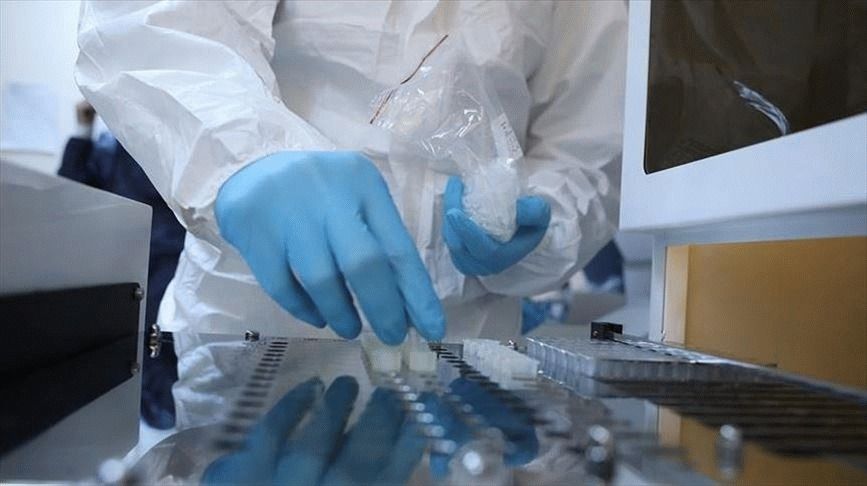
Coronavirus has claimed at least 10,447 lives with a total of 254,701 confirmed cases worldwide. A total of 89,071 people have recovered from the virus. The outbreak has led to panic and pandemonium. As we reported yesterday, there are only three major types of treatments: antiviral drug, antibody solution (including blood plasma) and vaccine.
Even though the need to develop new vaccines seems to be getting a lot of headlines, vaccine, however, does not provide the immediate relief for people who are already infected with the virus. In addition, experts are saying that it may take between 12 to 24 months before the vaccine becomes available. Some are going as far as saying it could be 2022 before we see a COVID-19 vaccine.
In the meantime, more companies are coming out with existing antiviral and experimental drugs that have proven to show promising results in treating COVID-19 patients. While there are no FDA-approved therapeutics or drugs to treat, cure or prevent COVID-19, there are several FDA-approved treatments that may help ease the symptoms from a supportive care perspective.
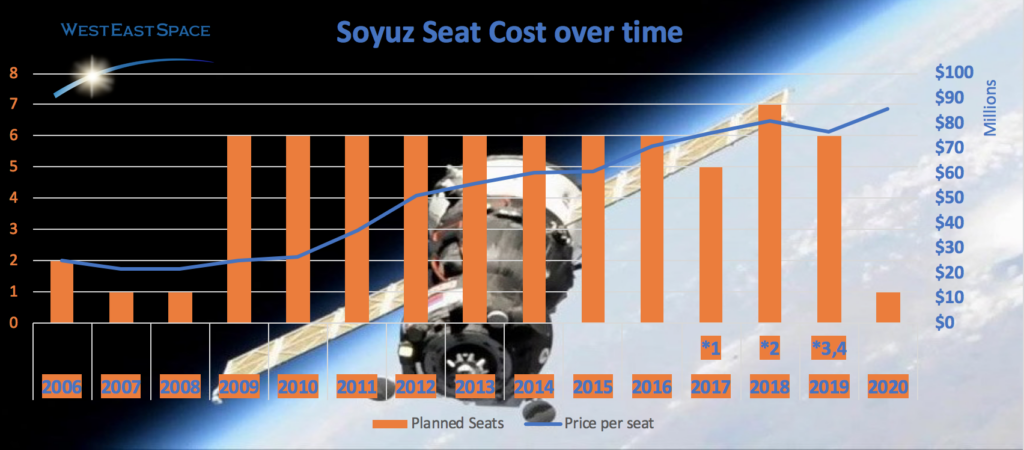
By Bill D’Zio
NASA has been dependent on Russia for transport to and from the ISS. Over time the cost of seats on the Soyuz crew vehicle have risen.
The Roscosmos’s Soyuz vehicle has been ferrying crew to the International Space Station since November 2000. Originally Soyuz was designed to carry cosmonauts to the Moon, however was repurposed to be the main transport vehicle for Russia over the years. The Soyuz spacecraft is capable of carrying three crewmembers at a time and is certified to remain docked with the ISS for a maximum of 200 days and is launched from the Baikonur Cosmodrome launch site.